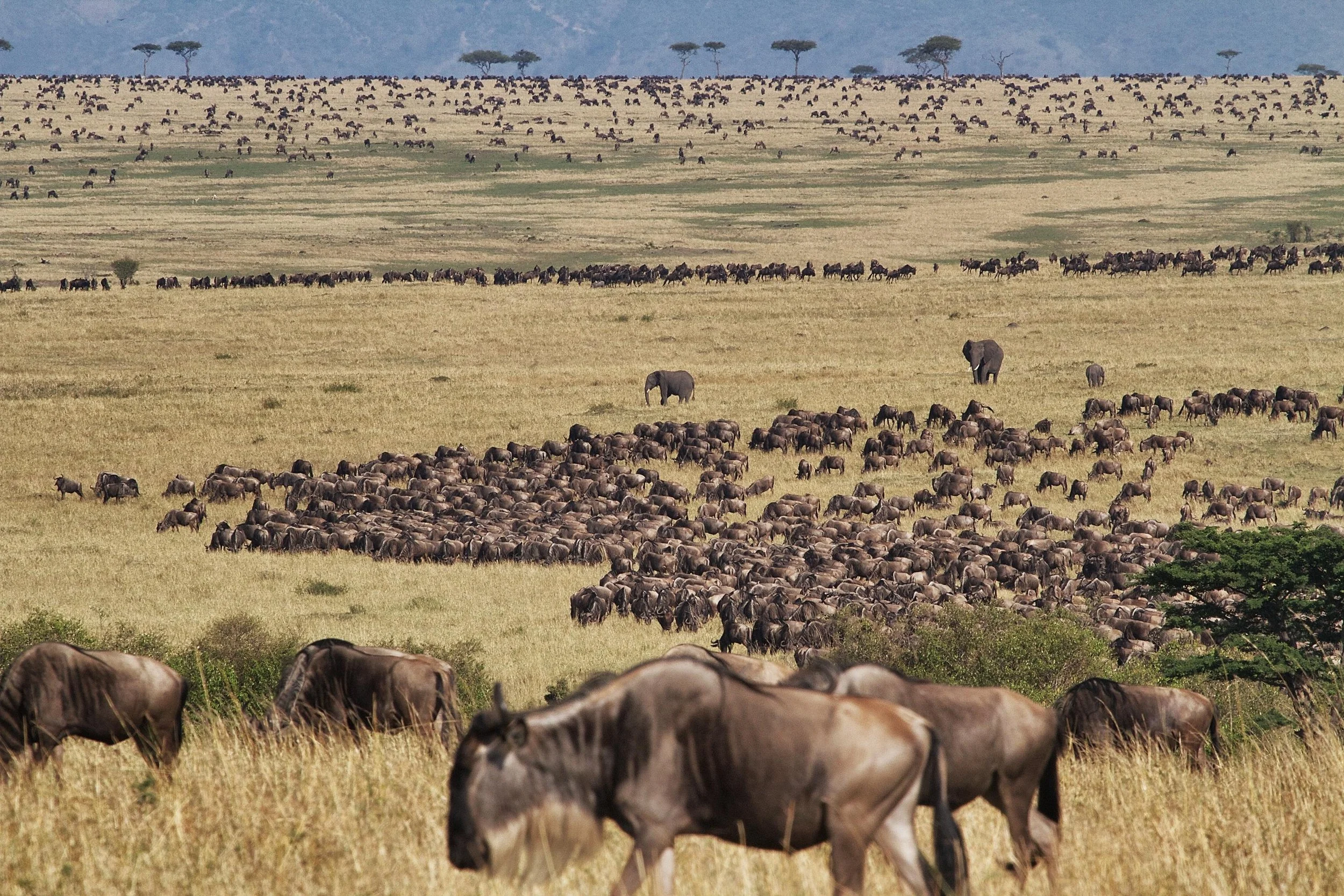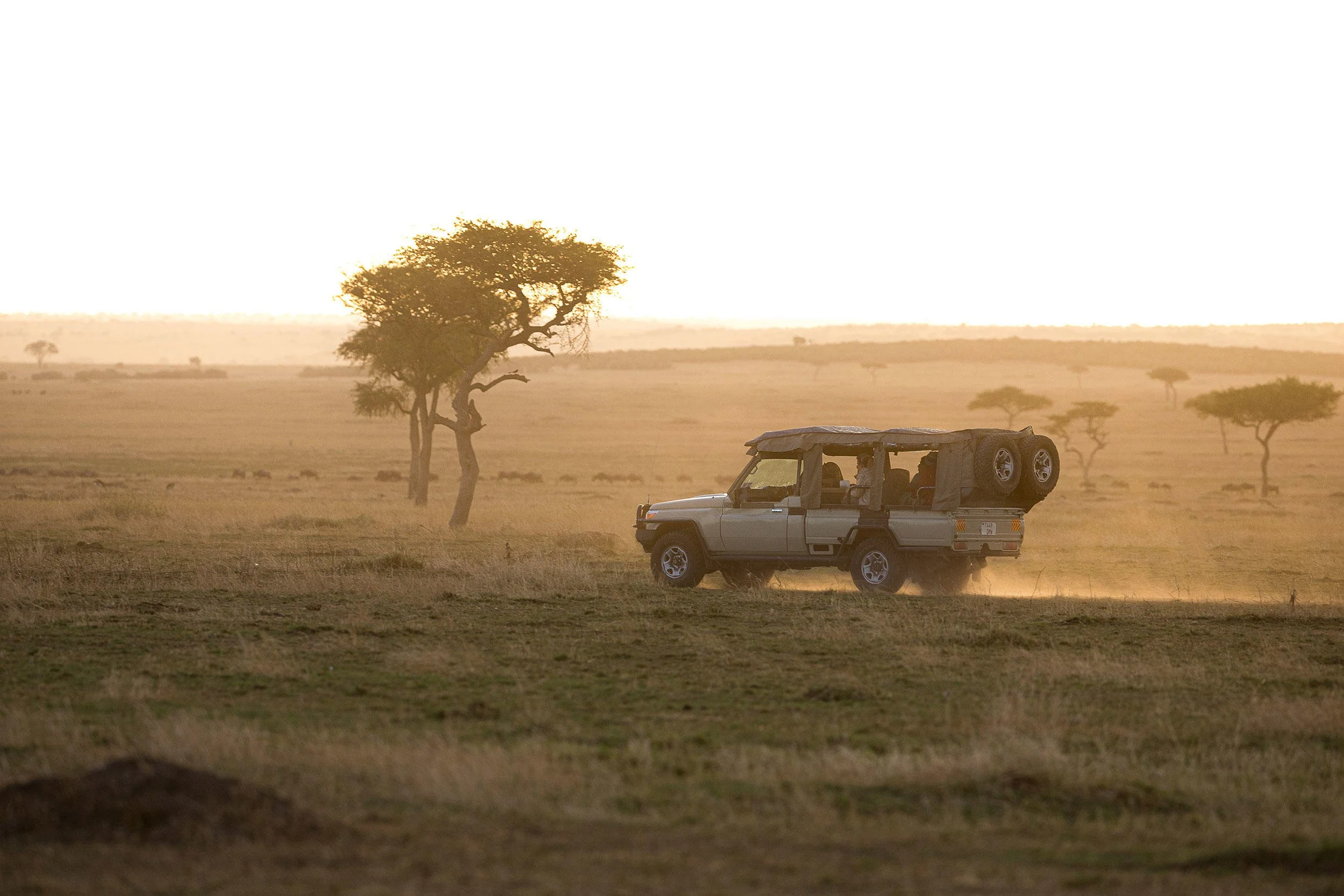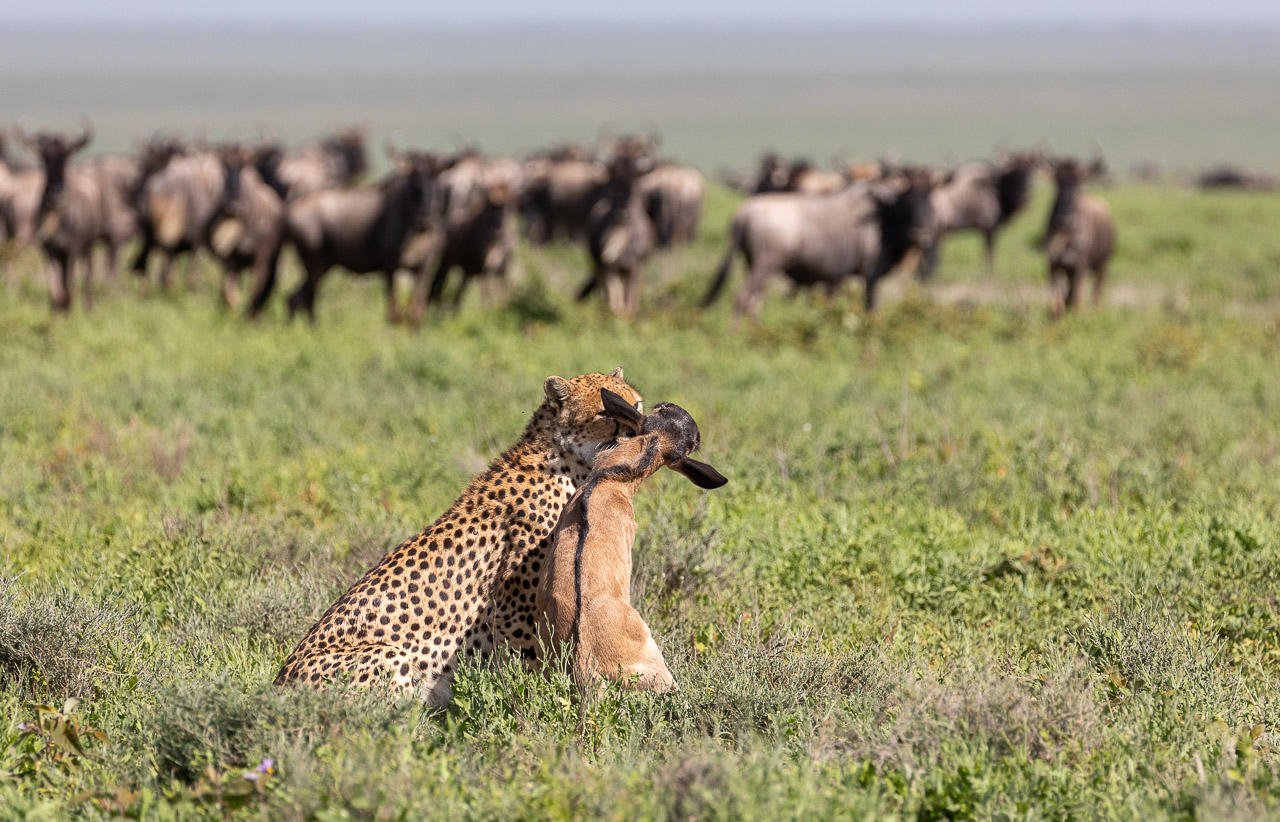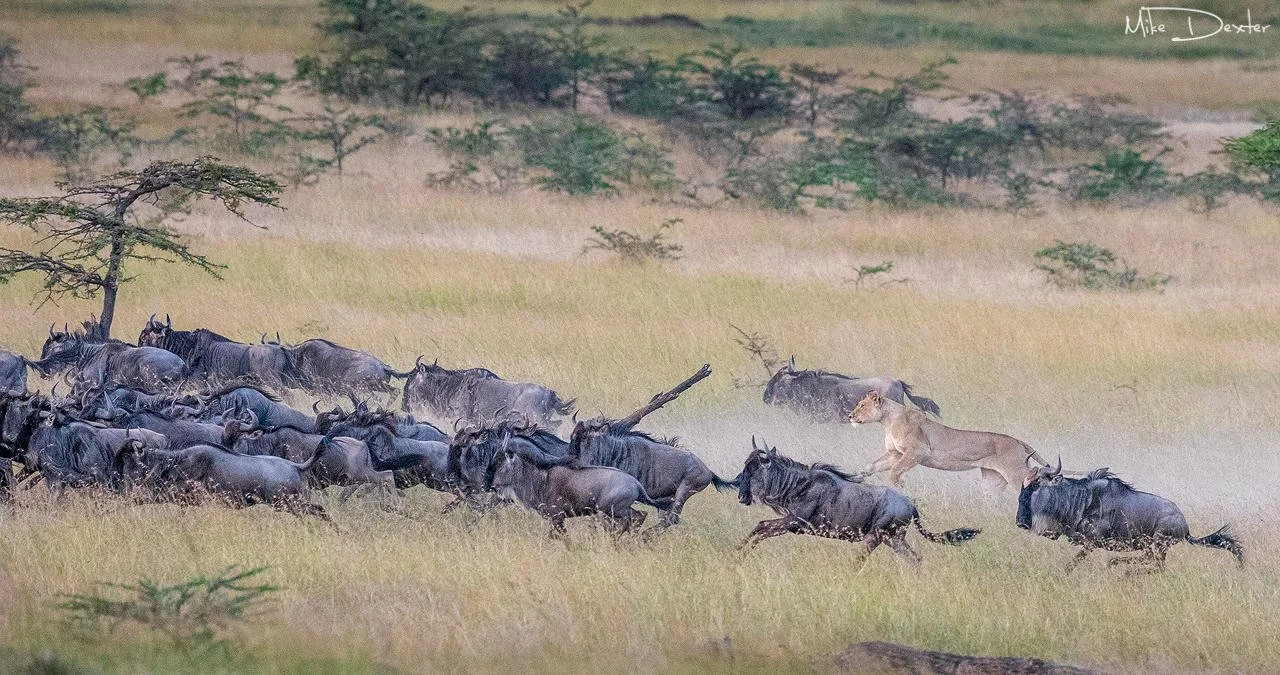Witness the Wild: Everything You Need to Know About the Great Migration
Every year, over 1.5 million wildebeest, 300,000 zebras, and countless gazelles thunder across the vast plains of East Africa in one of nature’s greatest spectacles — the Great Migration.
This epic journey is not just a movement of animals; it’s a dramatic, cyclical odyssey of survival, birth, and renewal. It’s a rhythm older than time, and seeing it unfold is often called a life-changing safari experience. Whether you’re dreaming of your first safari or planning your fifth, here’s everything you need to know to time your visit just right.
What is the Great Migration?
The Great Migration is the continuous movement of wildebeest, zebras, and other herbivores between Tanzania’s Serengeti National Park and Kenya’s Maasai Mara Reserve, in search of fresh grazing lands and water.
It’s a loop, not a once-off event — meaning that at every point in the year, something extraordinary is happening somewhere along the route.
When and Where to Go: Month-by-Month Guide
January – March (Southern Serengeti):
This is calving season, when the herds gather in the Ndutu area. Thousands of babies are born every day, attracting big cats like lions and cheetahs. A time of both joy and drama.
April – June (Western & Central Serengeti):
As rains begin, the herds move northwest. This is the green season — quieter in terms of crowds, lush in landscape, and rich in sightings of predators and river crossings.
July – October (Northern Serengeti & Maasai Mara):
This is peak season and arguably the most famous leg of the journey. It’s river crossing time. Think: wildebeest flinging themselves into crocodile-infested waters. It’s chaos, adrenaline, and beauty in equal measure.
November – December (Back south):
The herds slowly make their way back south to the Serengeti as the short rains begin. This is a great time to witness long, dramatic lines of animals on the move.
Images by Alex Serian
Why It’s So Much More Than Just a River Crossing
Yes, the Mara River crossings are a highlight — but the Migration is not just one single moment. It’s the ever-changing tension between prey and predator. It’s the sheer scale of movement, the drumbeat of hooves on dry earth, the stillness before the herd arrives, and the return of the vultures after they pass.
It’s about timing. About understanding animal behavior. About positioning yourself in the right camp at the right time.
Insider Tips for Planning Your Migration Safari:
Choose your month wisely: July and August are the best for river crossings, but camps fill up fast. Book at least 6–12 months in advance.
Don’t chase the herds: Instead of bouncing between camps, stay put in a well-located one — let the migration come to you.
Go with a pro: The migration is unpredictable. A specialist safari operator like Wakati Travel can guide you to the right place at the right time.
Image by Mike Dexter
Let’s Make it Happen:
Ready to see the greatest wildlife show on Earth?
Contact us today and let’s build your custom migration safari, step by step.
Image by Alex Serian







